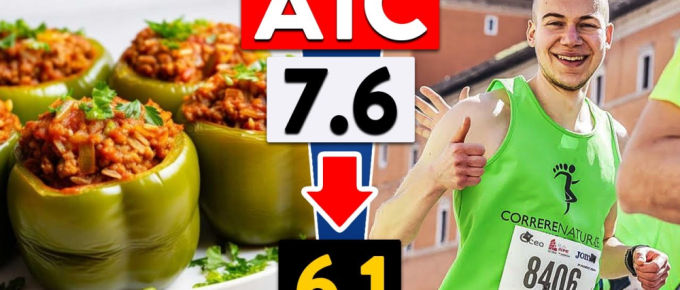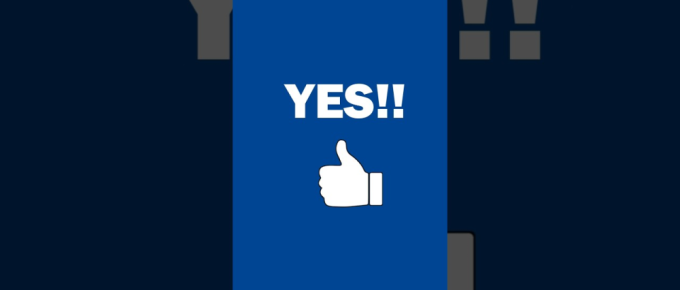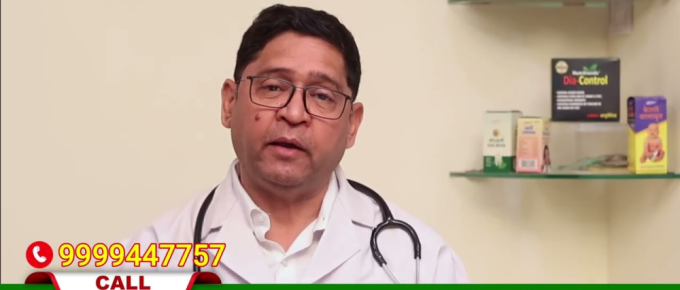The low-carb approach is often promoted as the best way to manage type 1 diabetes. However, we're here to present another option: a low-fat, plant-based, whole-food diet. In this video, you'll learn …
Diabetes Reversal & Metabolic Surgery #youtubeshorts #dialysis #neuropathy #cardiacstent#drtulip
Type 2 Diabetes is known for its complications when it is uncontrolled and for many years. Diabetic nephropathy, diabetic neuropathy, Retinopathy, coronary artery disease, proteinuria, NASH, …
Dia Control For Diabetes Ayurvedic Medicine || Understanding Diabetes || 9999198868
Understanding Diabetes: A Brief Overview Diabetes is a chronic condition that affects millions worldwide, characterized by high blood sugar levels over a prolonged period. It occurs when the body …



